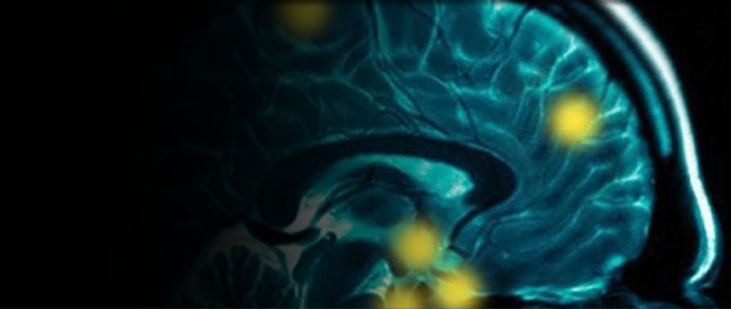By Steven M. Frankland and Joshua D. Greene | Proceedings of the National Academy of Sciences | August 24, 2015
Abstract:
Human brains flexibly combine the meanings of words to compose structured thoughts. For example, by combining the meanings of “bite,” “dog,” and “man,” we can think about a dog biting a man, or a man biting a dog. Here, in two functional magnetic resonance imaging (fMRI) experiments using multivoxel pattern analysis (MVPA), we identify a region of left mid-superior temporal cortex (lmSTC) that flexibly encodes “who did what to whom” in visually presented sentences. We find that lmSTC represents the current values of abstract semantic variables (“Who did it?” and “To whom was it done?”) in distinct subregions. Experiment 1 first identifies a broad region of lmSTC whose activity patterns (i) facilitate decoding of structure-dependent sentence meaning (“Who did what to whom?”) and (ii) predict affect-related amygdala responses that depend on this information (e.g., “the baby kicked the grandfather” vs. “the grandfather kicked the baby”). Experiment 2 then identifies distinct, but neighboring, subregions of lmSTC whose activity patterns carry information about the identity of the current “agent” (“Who did it?”) and the current “patient” (“To whom was it done?”). These neighboring subregions lie along the upper bank of the superior temporal sulcus and the lateral bank of the superior temporal gyrus, respectively. At a high level, these regions may function like topographically defined data registers, encoding the fluctuating values of abstract semantic variables. This functional architecture, which in key respects resembles that of a classical computer, may play a critical role in enabling humans to flexibly generate complex thoughts.



